

To love and nurture is natural. And when it comes to plant parents, they do not let the grass grow under their feet. Watering at a particular time, extending positive energy, adding fertilizers and so forth, they do everything in their power to care for their precious plants.
So if you’re one of them, you know how the drill goes. But ever wondered, care could be fatal? Especially when it comes to water. It’s imperative to understand what your plant needs, before giving it your all.
Here are signs of overwatering:
Squishy stems
The more you water your plant, the more moisture it collects. Eventually, it loses firmness and begins puffing up. Each time you touch it, it feels soggy and unstable.
Make sure to remove all soggy and damaged roots, transfer it to another planter and place it in an area with filtered sunlight.
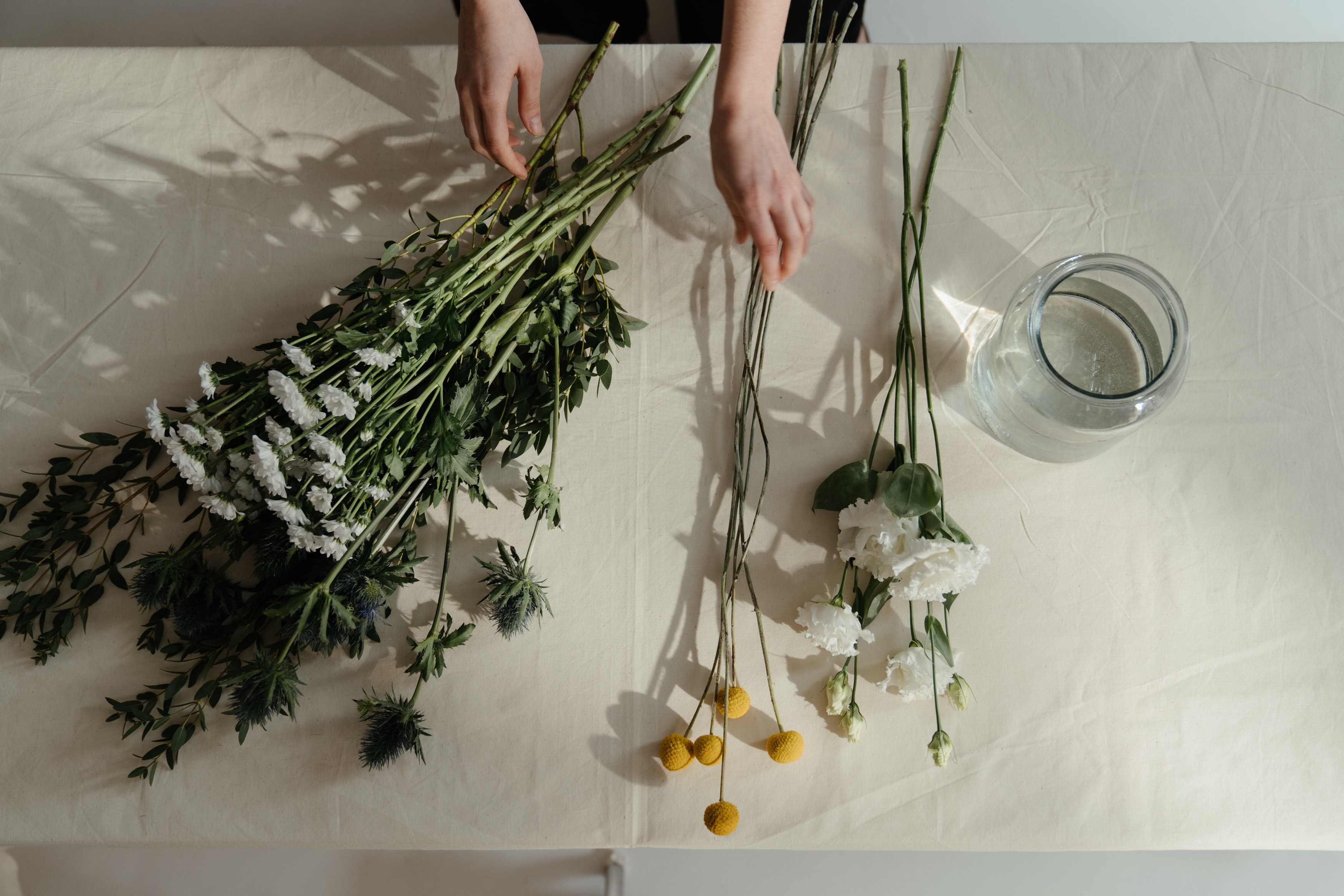
Droopy leaves
A fresh and somewhat crisp leaf is a marker of good plant health. But when your leaves start to droop, know that the root rot has set in and the plant can no longer absorb any more water.
Your next steps are to remove any dry leaves or roots and seize all fertilization till the plant is healthy again.
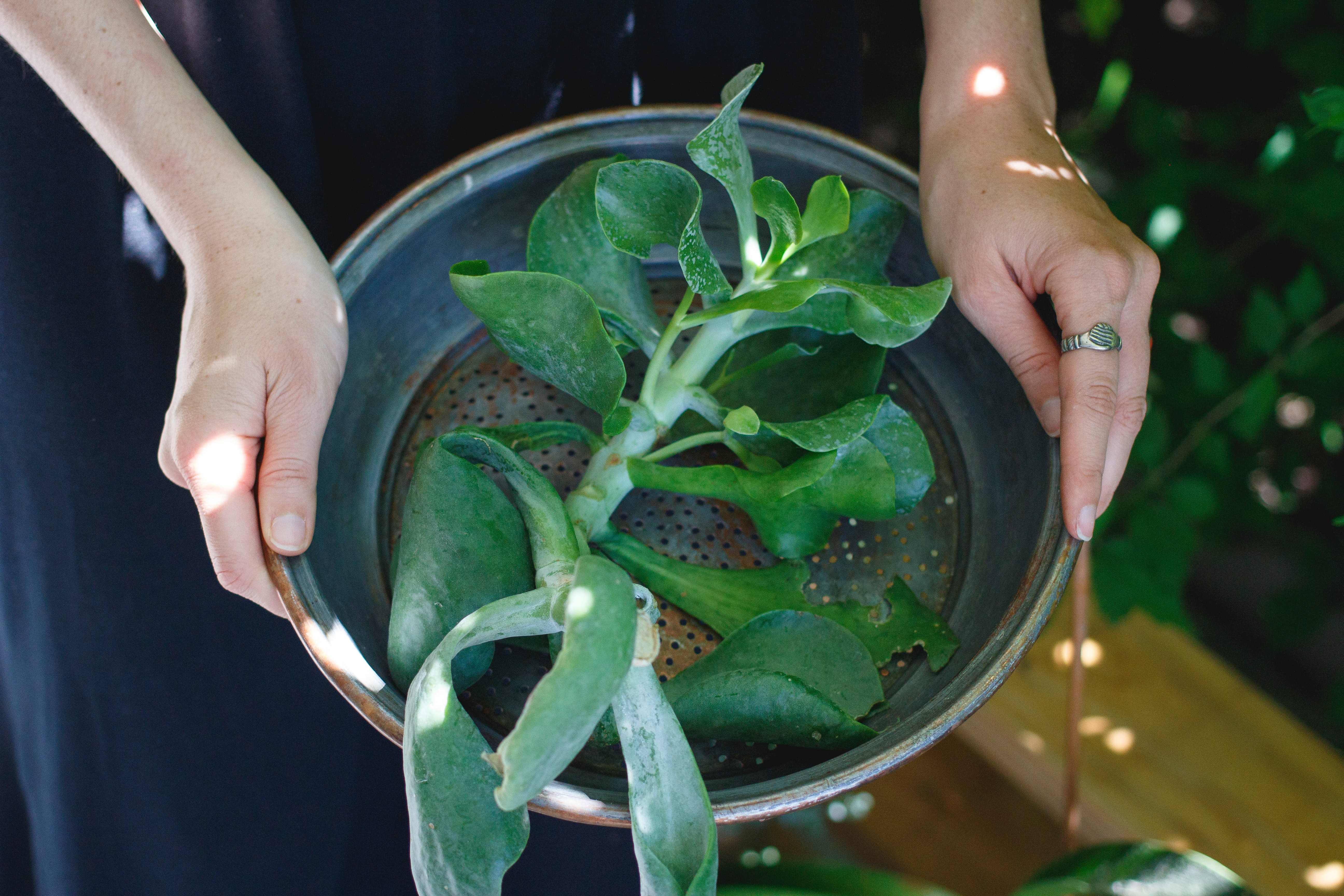
Visibility of mold
One of the most evident signs, fungus or mold is often seen in overwatered plants. A sign of ill-health, the plant may even start to attract pests or gnats.
To begin with, confirm the diagnoses by checking the root system. If confirmed, clean the container, spray fungicide and add sterile soil.
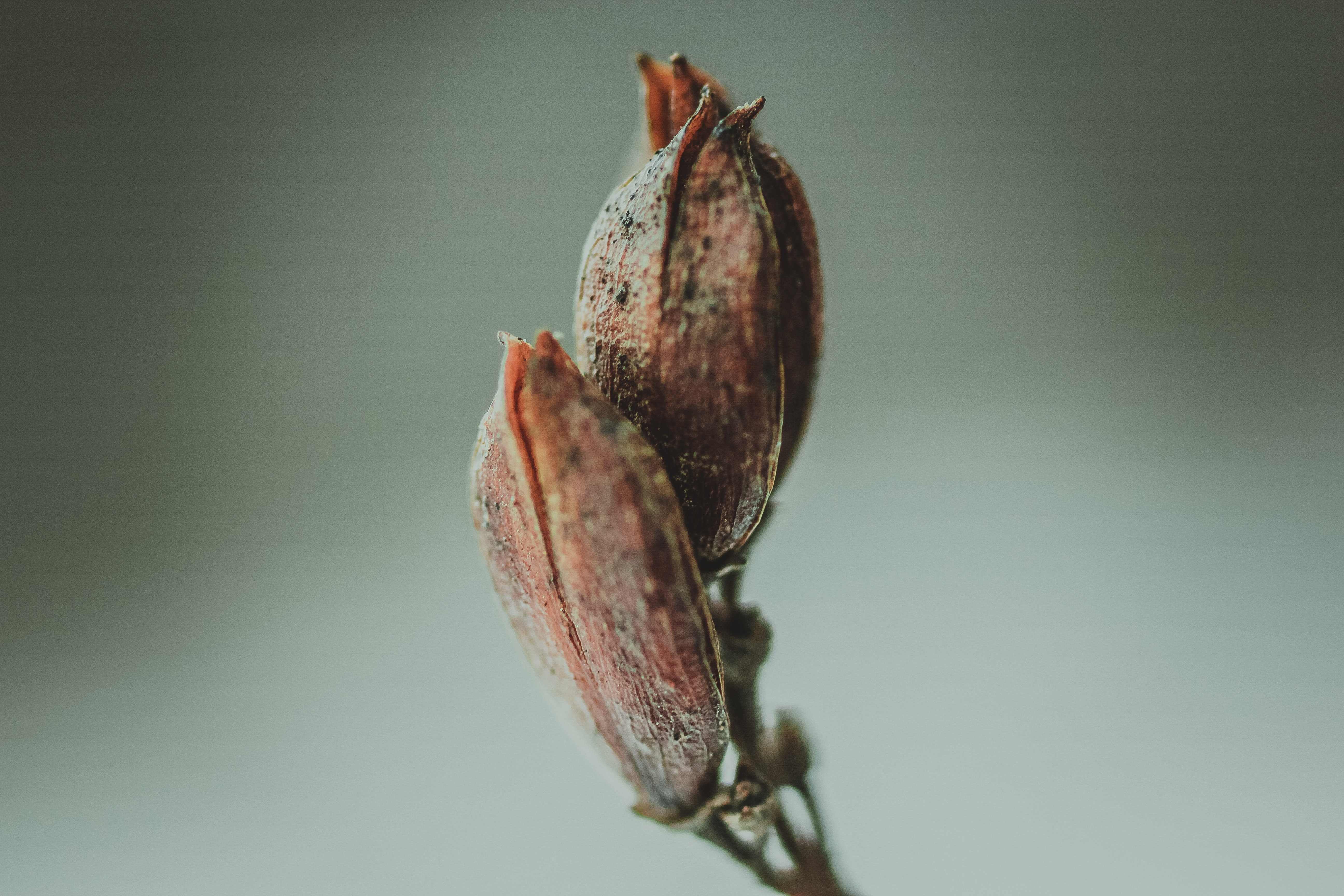
Drenched Soil
Simply put your finger into the soil and if it’s still moist from the last watering session, you should take the hint. Remember, oversaturation is never a good sign.
So check and re-check your plant for suitable drainage and create additional air space for the roots.
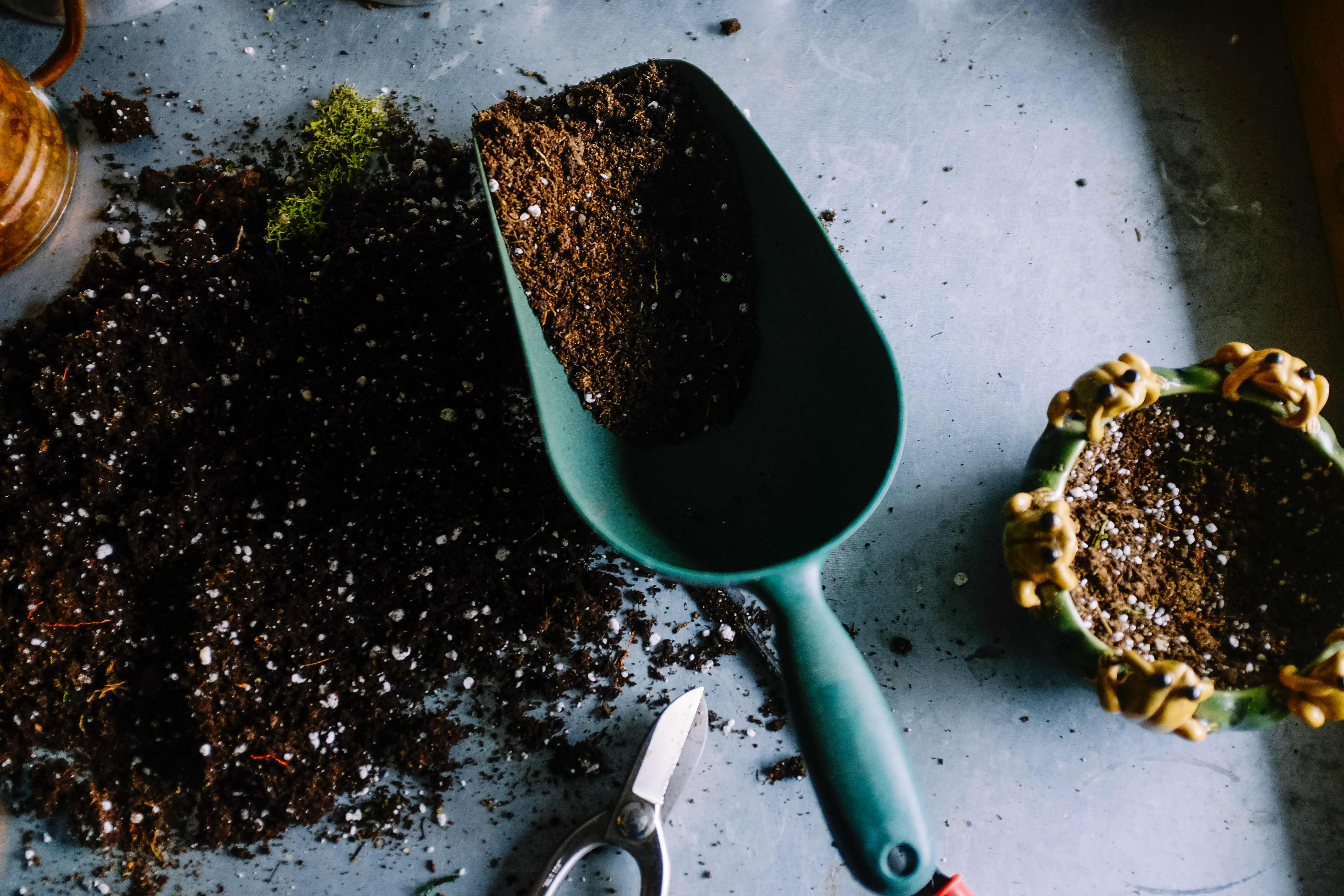
Spots on the leaves
Noticing brown spots or a yellow halo? Due to over-watering, certain plants develop a bacterial infection. Causing them to wilt too.
All you have to do is eliminate the infected edges and spots. Let the soil dry out and only water when the top two inches of the soil feel dry.
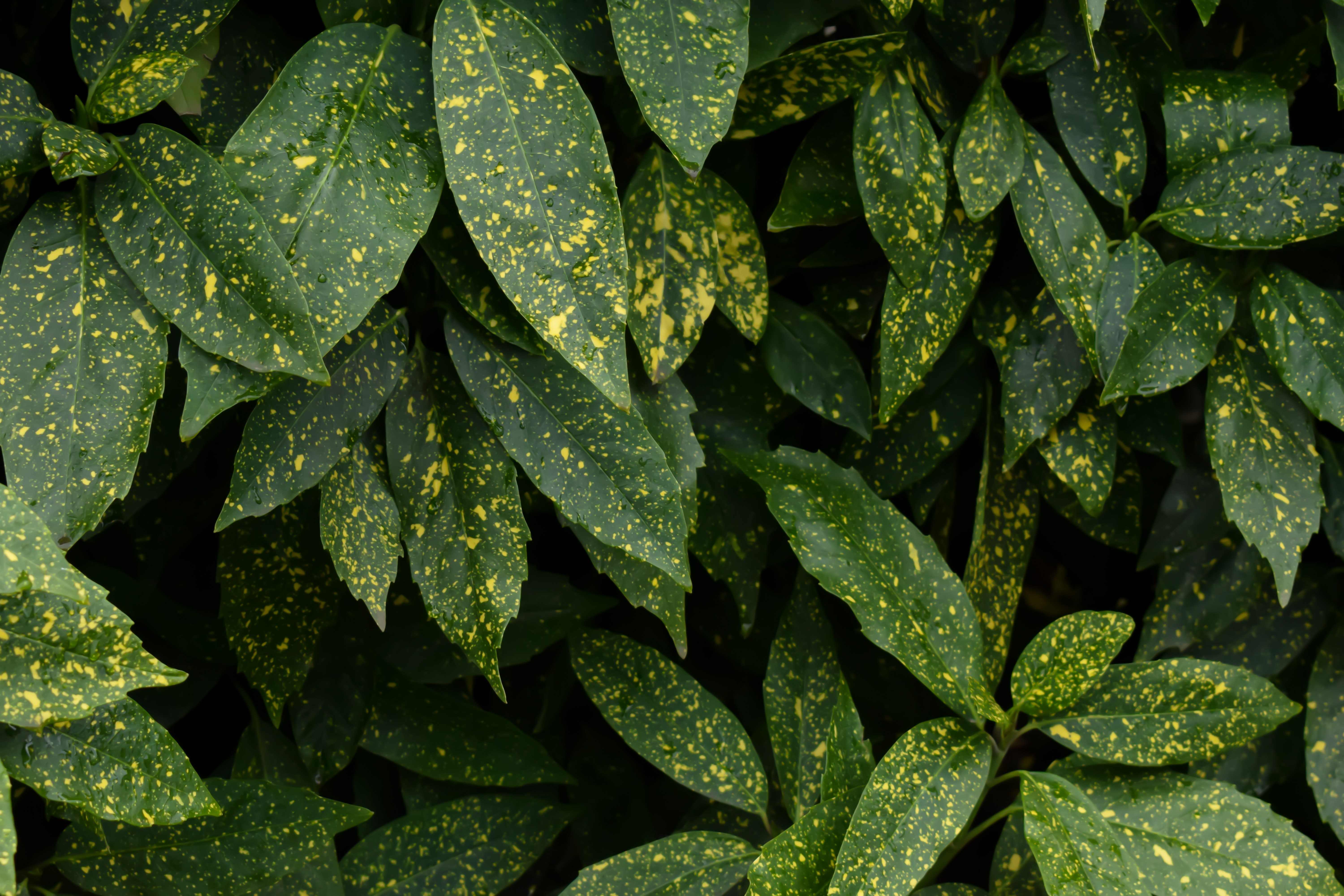
To know more about specific plants & their care, scan below.

